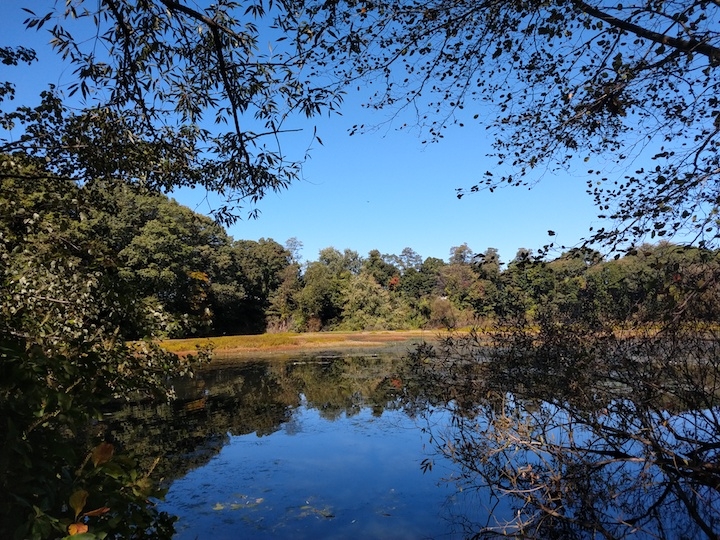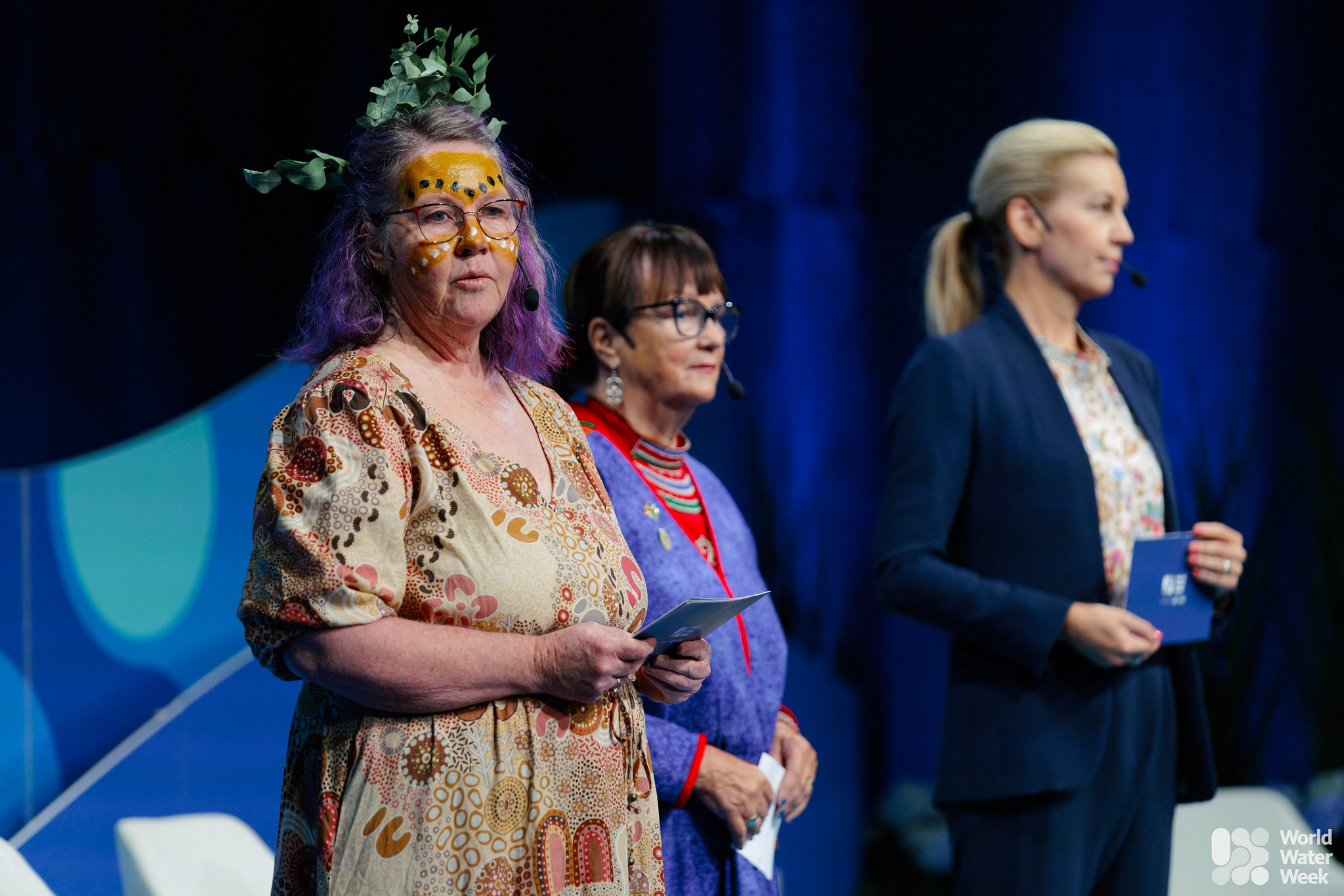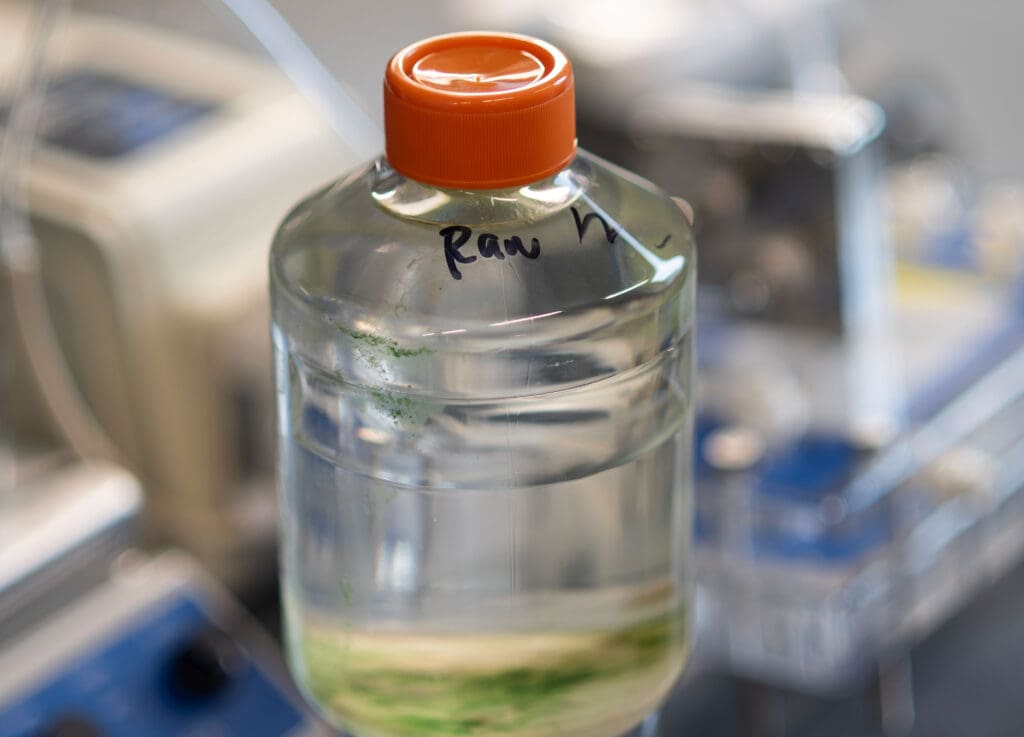Parachute adopts Water Conservation Program in lieu of changing conditions at Parachute Creek – Post Independent

Report on the Town of Parachute’s Water Conservation Program and Alignment with Sustainable Development Goals (SDGs)
Introduction: A Commitment to Sustainable Water Management (SDG 6)
In July, the Town of Parachute instituted a Water Restriction and Conservation Program, a strategic initiative designed to ensure the sustainable management of water resources. This program directly supports the objectives of Sustainable Development Goal 6 (Clean Water and Sanitation), particularly Target 6.4, which aims to substantially increase water-use efficiency and ensure sustainable freshwater withdrawals to address water scarcity. The program provides a flexible framework, allowing the town administration to implement or lift water use restrictions in a timely and responsible manner based on dynamic environmental factors such as water availability and drought conditions.
Current Status: Stage One Water Watch and Ecosystem Protection (SDG 15)
As of July 15, the Town of Parachute is under a Stage One Water Watch. This status has been declared due to low flow conditions observed in the Parachute Creek. The town’s proactive stance, maintained through community conservation efforts and regional coordination with other water users, reflects a commitment to Sustainable Development Goal 15 (Life on Land) by seeking to protect the aquatic ecosystems dependent on the creek’s flow.
Key details of Stage One include:
- The stage is voluntary.
- Restrictions apply exclusively to raw water irrigation users.
- Potable drinking water supplies are not affected by mandatory restrictions at this time.
Voluntary Measures for Responsible Consumption (SDG 12)
The town is actively encouraging all irrigation water users to adopt conservation practices. These voluntary actions are crucial for promoting Sustainable Development Goal 12 (Responsible Consumption and Production) by fostering the efficient use of natural resources. Adherence to these measures now may prevent the need for mandatory restrictions later, demonstrating a community-wide commitment to sustainability.
Recommended voluntary actions include:
- Reducing outdoor watering schedules to three to five days per week.
- Conducting watering during the early morning or late evening to minimize water loss from evaporation.
- Prioritizing water use for essential vegetation, such as trees and vegetable gardens.
- Preventing water waste by avoiding overwatering and ceasing irrigation during rainfall.
Adaptive Management for Sustainable Communities (SDG 11)
The program’s tiered structure is an adaptive management strategy aimed at building community resilience to water-related challenges, a core tenet of Sustainable Development Goal 11 (Sustainable Cities and Communities). Should environmental conditions necessitate, the program allows for the escalation to higher stages. These stages could involve making current voluntary measures enforceable or, in more severe conditions, implementing a complete ban on outdoor irrigation to safeguard essential water supplies for the community.
Public Communication and Stakeholder Engagement
To ensure transparency and facilitate public participation, the Town of Parachute will announce any changes to water restriction stages through multiple channels. Community members are encouraged to stay informed by utilizing the following resources:
- Social Media: The official Town of Parachute Facebook page.
- Mobile Application: The “Town of Parachute” mobile app.
- Official Website: The utilities page on the town’s government website.
For further inquiries regarding the Water Restriction and Conservation Program, stakeholders may contact the Parachute Town Hall at 907-285-7630.
1. Which SDGs are addressed or connected to the issues highlighted in the article?
SDG 6: Clean Water and Sanitation
- The entire article focuses on the management of water resources. The adoption of the “Water Restriction and Conservation Program” by the Parachute Town Council is a direct response to water scarcity, as evidenced by the “low flows on the Parachute Creek.” This aligns with the goal of ensuring the availability and sustainable management of water.
SDG 11: Sustainable Cities and Communities
- The article describes a local government, the Parachute Town Council, taking proactive measures to make its community more resilient to environmental challenges. The program is a community-level response to “drought conditions,” aiming to manage a local resource sustainably for the benefit of its residents.
SDG 12: Responsible Consumption and Production
- The program promotes responsible consumption of water. By encouraging “all irrigation water users to take simple voluntary actions to help conserve water,” the town is fostering sustainable consumption patterns to ensure the long-term availability of this natural resource.
SDG 13: Climate Action
- Droughts are a climate-related natural hazard. The town’s program to manage water scarcity is an adaptation strategy to strengthen resilience against the impacts of climate change. The article mentions the program helps the town “respond quickly and responsibly to changing water conditions,” which is a key aspect of climate adaptation.
2. What specific targets under those SDGs can be identified based on the article’s content?
SDG 6: Clean Water and Sanitation
-
Target 6.4: By 2030, substantially increase water-use efficiency across all sectors and ensure sustainable withdrawals and supply of freshwater to address water scarcity.
- The article directly addresses this target by implementing a program focused on conservation. The voluntary actions, such as “Reducing outdoor watering to three to five days a week” and “Watering in the early morning or late evening to reduce evaporation,” are explicit measures to increase water-use efficiency in the irrigation sector to combat water scarcity from “low flows on the Parachute Creek.”
SDG 11: Sustainable Cities and Communities
-
Target 11.5: By 2030, significantly reduce the number of people affected… by disasters, including water-related disasters…
- The town’s proactive conservation program is a measure to mitigate the impacts of a water-related disaster (drought). By encouraging voluntary cutbacks now, the community aims to “avoid stricter, mandatory restrictions later,” thereby reducing the number of people who would be more severely affected by the water shortage.
-
Target 11.b: By 2020, substantially increase the number of cities and human settlements adopting and implementing integrated policies and plans towards… adaptation to climate change, resilience to disasters…
- The “Water Restriction and Conservation Program” adopted by the Parachute Town Council is a clear example of a local government implementing a plan for resilience to disasters (drought) and adaptation to changing environmental conditions.
SDG 12: Responsible Consumption and Production
-
Target 12.2: By 2030, achieve the sustainable management and efficient use of natural resources.
- The article’s core message is about the efficient use of water, a key natural resource. The conservation program, with its specific advice on how and when to water, is a direct attempt to achieve sustainable management and efficiency.
SDG 13: Climate Action
-
Target 13.1: Strengthen resilience and adaptive capacity to climate-related hazards and natural disasters in all countries.
- The water conservation program is a practical step to strengthen the town of Parachute’s resilience and adaptive capacity to drought, which is identified in the article as a current condition and is a common climate-related hazard.
3. Are there any indicators mentioned or implied in the article that can be used to measure progress towards the identified targets?
SDG 6: Clean Water and Sanitation
-
Indicator 6.4.1: Change in water-use efficiency over time.
- This is implied through the recommended actions. Progress could be measured by tracking the adoption of efficiency measures like “Reducing outdoor watering to three to five days a week” and monitoring the total raw water usage by irrigation users over time.
-
Indicator 6.4.2: Level of water stress: freshwater withdrawal as a proportion of available freshwater resources.
- This is directly implied by the statement that the water watch is “due to low flows on the Parachute Creek.” The flow level of the creek is a direct measure of available freshwater resources, and the town’s program is a response to the high level of water stress.
SDG 11: Sustainable Cities and Communities
-
Indicator 11.b.1: Number of local governments that adopt and implement local disaster risk reduction strategies.
- The article provides a clear example of this indicator. The Parachute Town Council is a local government, and its “Water Restriction and Conservation Program” is a local disaster risk reduction strategy for drought.
SDG 12: Responsible Consumption and Production
-
Indicator 12.2.2: Domestic material consumption.
- While not explicitly named, the article’s focus on reducing water for irrigation is a measure to lower the town’s consumption of a specific natural material (water). Progress could be tracked by measuring the volume of irrigation water consumed by the community.
SDG 13: Climate Action
-
Indicator 13.1.2: Number of local governments that have adopted and implemented local disaster risk reduction strategies.
- This is the same as Indicator 11.b.1. The “Water Restriction and Conservation Program” is a local strategy that builds resilience to climate-related hazards like drought, directly fulfilling this indicator.
4. Summary Table: SDGs, Targets, and Indicators
| SDGs | Targets | Indicators |
|---|---|---|
| SDG 6: Clean Water and Sanitation | 6.4: Increase water-use efficiency and address water scarcity. | 6.4.1 (Change in water-use efficiency) & 6.4.2 (Level of water stress, implied by “low flows on the Parachute Creek”). |
| SDG 11: Sustainable Cities and Communities | 11.5: Reduce the number of people affected by water-related disasters. | Implied by the program’s goal to avoid stricter, mandatory restrictions that would affect more people. |
| SDG 11: Sustainable Cities and Communities | 11.b: Increase the number of cities implementing plans for resilience to disasters. | 11.b.1: The “Water Restriction and Conservation Program” is a local government disaster risk reduction strategy. |
| SDG 12: Responsible Consumption and Production | 12.2: Achieve the sustainable management and efficient use of natural resources. | 12.2.2: The program aims to reduce the domestic consumption of water, a natural resource. |
| SDG 13: Climate Action | 13.1: Strengthen resilience and adaptive capacity to climate-related hazards. | 13.1.2: The water conservation program is a local strategy for adapting to drought. |
Source: postindependent.com

What is Your Reaction?
 Like
0
Like
0
 Dislike
0
Dislike
0
 Love
0
Love
0
 Funny
0
Funny
0
 Angry
0
Angry
0
 Sad
0
Sad
0
 Wow
0
Wow
0

















































































